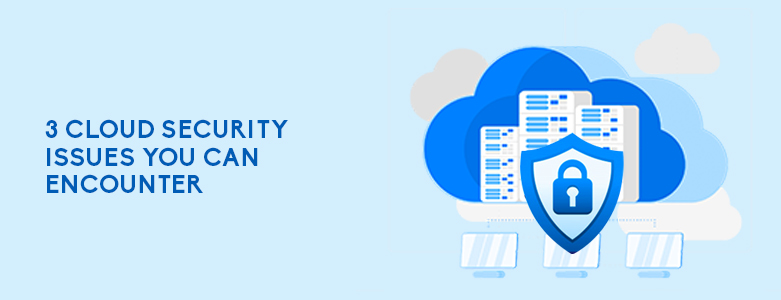3 Cloud Security Issues You Can Encounter

What are some cloud security issues you can encounter? Misconfiguration of settings Endpoint user error Cyber threats Due to the flexibility, scalability, and mobility that cloud platforms give, numerous companies are migrating their workloads from on-premises data centers. Cloud providers invest a huge amount of money in research and development to implement better security than […]
